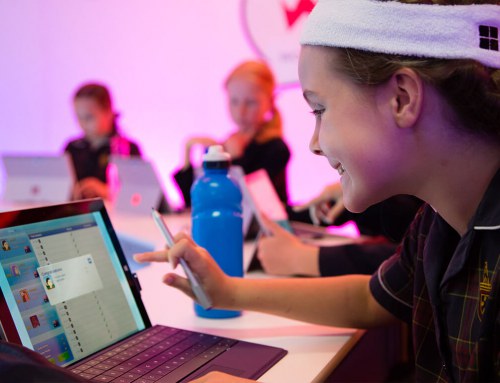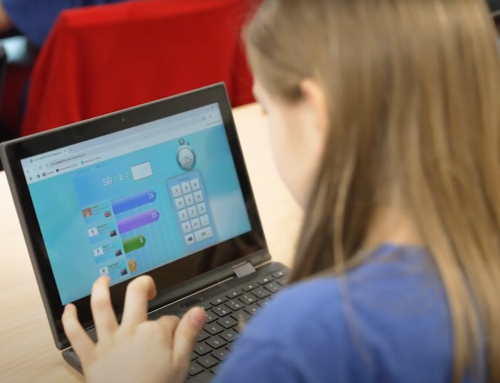Wallace Fields is a junior school in Epsom (Surrey, England). Catering for 272 children aged between 7 to 11, the school achieves high academic standards and follows the White Rose Maths scheme.
The Challenges
Staff and student wellbeing is high on the agenda at Wallace Fields. Before they were using Mathletics, Andrea Day, Deputy Head, explained that “teachers were running around looking for resources, photocopying resources, popping it into folders. Teaching assistants were having to get involved, and you have to track and monitor the return of the homework”. Reducing teachers’ workloads is an ongoing priority at the school.
The school needed a resource that would align with the White Rose Maths scheme. Student engagement was also essential, with the school priding themselves on how the children enjoy and embrace learning.
The Solution
The school chose Mathletics for its ability to ease teachers’ workloads and save time. Setting homework and differentiating learning in math(s) is now much easier. Students at the school also love learning online with Mathletics.
Mathletics has reduced teacher workload by the ability to set online homework with automatic marking and tracking of results. Teachers at the school assigned over 14,000 Skill Quests to students on Mathletics during the last academic year.
Andrea Day, Deputy Head, explained, “We were looking for a resource that would facilitate workload and help teachers with their marking and responsibilities. And this fit the bill because Mathletics actually does all the marking and assessment for you, it’s built into the program and it really has helped the teachers’ workloads. They can track and monitor it without actually having to deal with all the paper that comes in.”

Andrea notes that Mathletics also supports teaching “because it’s linked to White Rose Maths, which we use in the school. We know that when we set homework, we’re setting homework that’s directly linked to the learning that took place that week for those lessons in that class.”
Mathletics also allows for differentiation when setting homework. Andrea explains that “we can differentiate the tasks according to the different groups that we have. So we have three different groups per year group and each teacher chooses which strands of the curriculum to administer through Mathletics.”
Mathletics is also embraced by students, who are really engaged with the program and enjoy learning math(s). Students at the school logged into Mathletics over 4,000 times across the last academic year and earned more than 800 certificates. Andrea commented that it was great for parental engagement too.
“I think what Mathletics has done for our school is make it fun and, at the end of the day, if children enjoy a subject they’re going to embrace that subject and they’re going to really learn more. They’re going to be happier when they go home and engage with it. They’re going to be keener. It’s going to give parents less of a headache to get their children to do homework. Children love to go online, they love to learn online and so because of that, I think it’s helping everybody.”
Katie explained that Mathletics helps highlight “what the children have understood in our lessons and then anything that needs further consolidation moving on to inform our future lesson planning.” It also flags any areas that require improvement or intervention.
“Once a child has been identified as struggling a little bit with perhaps the quest that they focused on, it would be that we would maybe reassign it or focus on it within intervention in the classroom.”
Chloe Day, Class Teacher, agrees that “I can also see the children that have asked for help during that Mathletics task so that in my lessons when I go over it, I know to go directly and work with those children because they might have found it a little bit tricky.”
Already a Mathletics user and based in the UK? Here’s how to use Mathletics to support the White Rose Maths Scheme of Learning.







